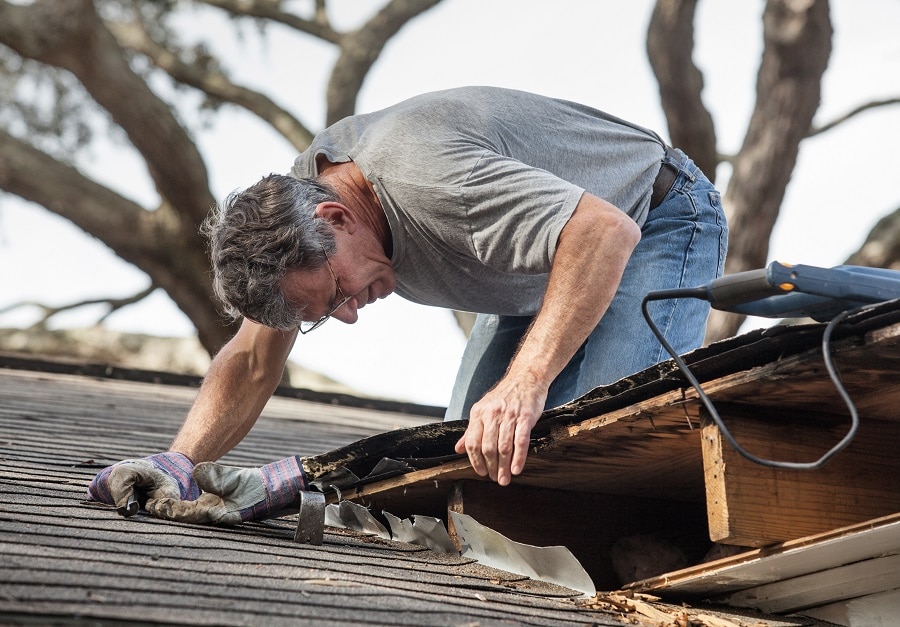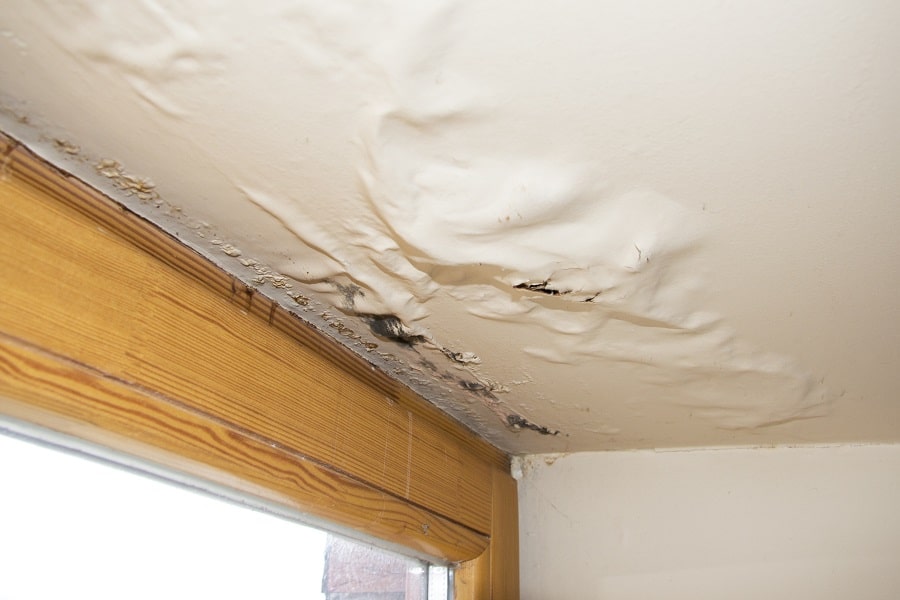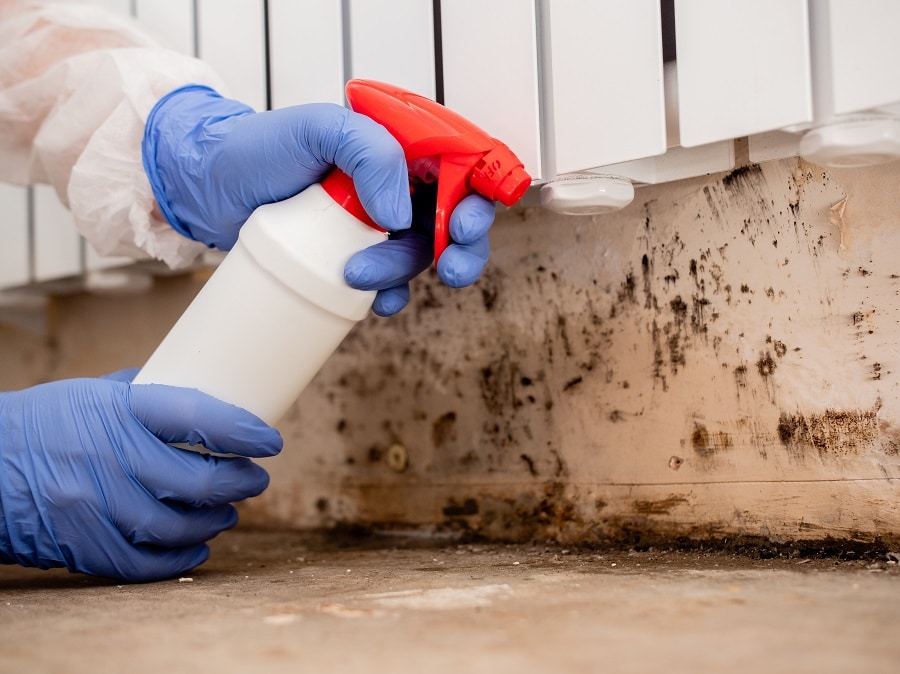When we consider any building, regardless of its age, any timber decay within the building is often caused by rot. Wood rot comes in two predominant forms: wet and dry rot, and they both occur as a result of fungal decay in building timbers.
What is Wet Rot?
Wet rot is a type of parasite which grows in wet timber. It disturbs the timber, causing it to swell and the fibres to begin separating, leading to crumbling and loss of strength in the structural timber. Wet rot can trigger wood decay, making it lose its structural integrity and to eventually fall apart. Exposure to sources of moisture is the root cause of wet rot in structural wood. This may be from the ‘wet’ side of a house, penetrating damp or faulty plumbing. Wet rot is fungi that can spread and inflict damage on neighbouring timbers.
Our Guarantee
- upto 30 year guarantee
- customer focused team
- 20 years combined experience
- portfolio of satified customers
- attention to detail
- Construction line accreditation
- public liability insurance
- CHAS accreditation
What is the Difference Between Dry Rot and Wet Rot?
Dry rot can cause quick and extensive damage to structural timber as it circulates the affected property. Wet rot, however, occurs more often but is typically less severe; decay in such cases is limited to the area affected by water. In the absence of noticeable fungi, we can identify wet or dry rot by observing the variation in timber colour and the size of the cracks seen on the timber.
What causes Wet Rot?
Wet rot spores are only present in certain environmental conditions. The primary cause of wet rot is moist timber. Moisture plays a major role in the appearance and progression of wet rot. As a result of this, indications of premature deterioration can be seen in the decaying wood.
The Dangers of Wet Rot in Burgess-Hill
Wet rot is a serious issue to deal with. It can destroy your property and reduce its value. If you find wet rot in your home, you must treat it quickly or risk allowing the infection to spread. A recent survey asked 2,038 London homeowners if they ever noticed wet rot in their homes, where the rot was found, and also if they had any success preventing a recurrence.
The results were shocking – more than 20% of homeowners experienced wet rot in some form. Wet rot destroys timber flooring and can make the building structurally unsafe. Besides the costly repair work required to get rid of wet rot, it can also reduce your property’s value, and many insurance firms do not provide coverage for houses where there is moisture ingress and damp build-up.

What are the Warning Signs of Wet Rot?
The progression of the fungus from its appearance to become a pervasive issue depends on the moisture it is exposed to. Some obvious signs include peeling wallpaper, a musty smell, malfunctioning cookers and central heating boiler. Common areas where you can find wet rot include underneath the kitchen sink, along external walls, and roof spaces/attics. Wet rot typically affects old buildings which were built using timber frames other than modern species like Meranti and Sapele. Timber below ground level and as high as the one-floor level are also vulnerable to wet rot. Recognising wet and dry rot is the first step on the road to tackling it. If you notice any signs of wet rot infestation, then you should carry out a damp survey as soon as possible.
Call Our Sussex Damp Experts team now for quote, consultation and advice:
Call on 01273 257 765.
How and When Should I Look for Wood Rot?
The same as spring cleaning, searching for signs of rot and damp is a task that should be undertaken annually. The pre-winter preparation period is a great opportunity for you to do this. You’ll need a screwdriver with a long handle and a decent flashlight.
You should check the window siding for signs of discolouration and swelling. Wood rot can be disguised by paint, make sure you poke the siding with the screwdriver to be sure that it is solid. If the wood has a spongy feeling and the surface gives in when you touch it, then you have wood rot. Use a powerful flashlight to search for discoloured wood in the attic. Transition to the screwdriver test if you notice any. Make sure you examine the roof decking’s underside, the joints where the wood members meet at the rooftop, and the attic edges where rafters slant down to form eaves. These are key locations for the growth of wood rot in the attic.
Using the flashlight to detect discolouration around the perimeter wood plate that lies directly on the top of the concrete basement wall, inspect the wood members in a basement or crawl room (sill plate). With the screwdriver, inspect any discoloured regions. Examine walls and floors for signs of water leaks or discolouration under sinks, around tubs and baths, and the water heater.
How do we identify wet rot?
Recognising wet rot is not always a straightforward or easy task, wet rot is versatile and attacks timber in several forms. If you can push a knife all the way into painted timber, that is an obvious sign of rot. Our specialist damp proofing experts have years of experience and are trained to look for the following:
- Localised fungal growth on timber
- The soft, spongy feel of timber; the affected area appears darker than the surrounding timber.
- The soft and spongy texture of rotting timber; the affected region often looks darker than the other parts.
- That spongy, soft feel timber gets when affected by wet rot; the affected parts are darker than the other areas.
- The spongy, soft texture of rotten timber; the infested area is darker than the other parts.
- The springy feeling that is an indicator of wet rot; the affected area is often darker than others around it.
- Crumbling of affected dry timber into particles.
- Dry timber crumbling into particles.
- The crumbling of infested timber into dry particles.
- Dried-out timber disintegrating into particles.
- The disintegration of rot-eaten timber into particles.
- Shrinking timber
- Bleaching wood in window and door frames
- Flaky or damaged paint
- A musty, damp smell
What to Do After You Detect Wet Rot?
You need a damp expert to treat wet rot and make sure the source of moisture is cut off to prevent a recurrence. If you need to know more about wet rot treatment, Sussex Damp Experts is ready to help! Call 01273 257 765 today to get started.
Wet Rot and Damp Proofing in Burgess-Hill

Your search for wet rot treatment and damp proofing services ends here! Call us immediately you spot any indication of damp or wet rot in timber around the house. By helping you fix the problem, you can save money on expensive repairs and also minimise the health risks attached to letting the decay progress unimpeded. Our professional surveyors will identify the root of the issue and recommend ways to eliminate it.
Timber damp proofing is a deliberate attempt to protect the timber from moisture damage which could lead to decay. There are two ways to appropriately protect the timber.
Surface treatments can never be relied upon; they will always fail, eventually making the situation worse when they do. The only answer is to cover the entire surface with a membrane or treating/replacing the timber. Sussex Damp Experts can provide more information on wet rot treatment, call our experts on 01273 257 765 today to get started.
Wet Rot Treatment Specialists in Burgess-Hill
With more than 20 years of experience, we are one of Burgess-Hill’s leading wet rot specialists; offering site surveys and cost estimates at no charge to private and commercial property owners. Our wet rot experts will examine your property and come up with solutions to cut off the source of moisture ingress. Our experts apply advanced methods to tackle the progression of different types of wet rot in buildings.
Wet Rot Treatment in Burgess-Hill
Wet rot can be found predominantly in areas that are constantly exposed to moisture. Nevertheless, during wet rot treatment we don’t just fix the damage alone, we address the issue from the source. We examine the pathways moisture takes in reaching the timber and block them all off, eliminating the possibility of a repeat case. Wet rot treatment should be left to experts who can provide a comprehensive solution. Delaying treatment can lead to a steeper cost of treatment. The best thing to do when you notice signs of wet rot or damp is to call experts such as Sussex Damp Experts for help.

We have the necessary know-how to treat wet rot. Sussex Damp Experts is here to help, we waste no time in identifying the cause for dampness and, which areas have been damaged. Don’t wait any longer, pick up your phone and call us on 01273 257 765 or by using the contact form on our website.
Our Wet Rot Treatment Process in Burgess-Hill
The damage worsens the more you put off starting the treatment process. If you notice the presence of fungal rot at the early stages, treatment can be narrowed down to a small area. In more severe cases, where wet rot has spread its tentacles across the breadth of your timber, you may have to replace entire timbers beams or intake major remedial works. Wet rot treatment involves several steps. The treatment of any fungus-related issue involving timber should start by protecting it from damp. We locate the source of water leakage, whether in the form of poor guttering or condensation among others and take the appropriate action to fix it. Builders and contractors without sufficient expertise in the matter tend to replace the decayed wood. This is usually followed by applying chemical preservatives to the damaged area. This can only fail. If you are worried about the presence of wet rot in your building, call Sussex Damp Experts today. We can help you identify the cause and treat the damage.
What happens to Wet Rot if left untreated?
Overlooking wet rot can only lead to weakened structural timber which could have dire consequences for the residents. The timber gets soft and spongy as rot sets in, this means it will cave in when prodded with a sharp-edged object like a knife or screwdriver. An extreme result means that structural timbers lose their integrity over time. In a worst-case scenario, this means your property could be condemned. Call Sussex Damp Experts on 01273 257 765 and speak with one of our Experts in Wet Rot Treatment today!
What is the cost of Wet Rot Treatment in Burgess-Hill?
Rot can have a devastating effect on any property. The cost of repair work and damp proofing will vary based on the type and severity of the infestation, but that shouldn’t deter you. With our team of experts on hand to help, you’ll quickly discover that with wet rot treatment in Burgess-Hill, it is more affordable than you would expect. We advise you on the best course of action to protect your home and your health.
How to prevent wet rot?
Wood should preferably be kept dry at all times to avoid decaying. You can also apply wood hardeners to protect the timber from the effects of rot. The wood becomes more resistant to moisture when coated with the hardener. Areas that are more prone to damage from damp include window boxes and sills, and timber in close contact with stonework without being subjected to damp proofing treatment like the use of sealants or fungicides.
Talk to Our Wet Rot Treatment Experts Today!
If you seek further information to help you select the treatment of wood rot that would best serve your needs, don’t hesitate and call 01273 257 765 to talk to a Wet Rot advisor at Sussex Damp Experts.
FAQ
Is wet rot smelly?
Is Wet Rot Capable of Spreading?
Can Wet Rot Cause Health Problems?
Is there a DIY treatment solution?




